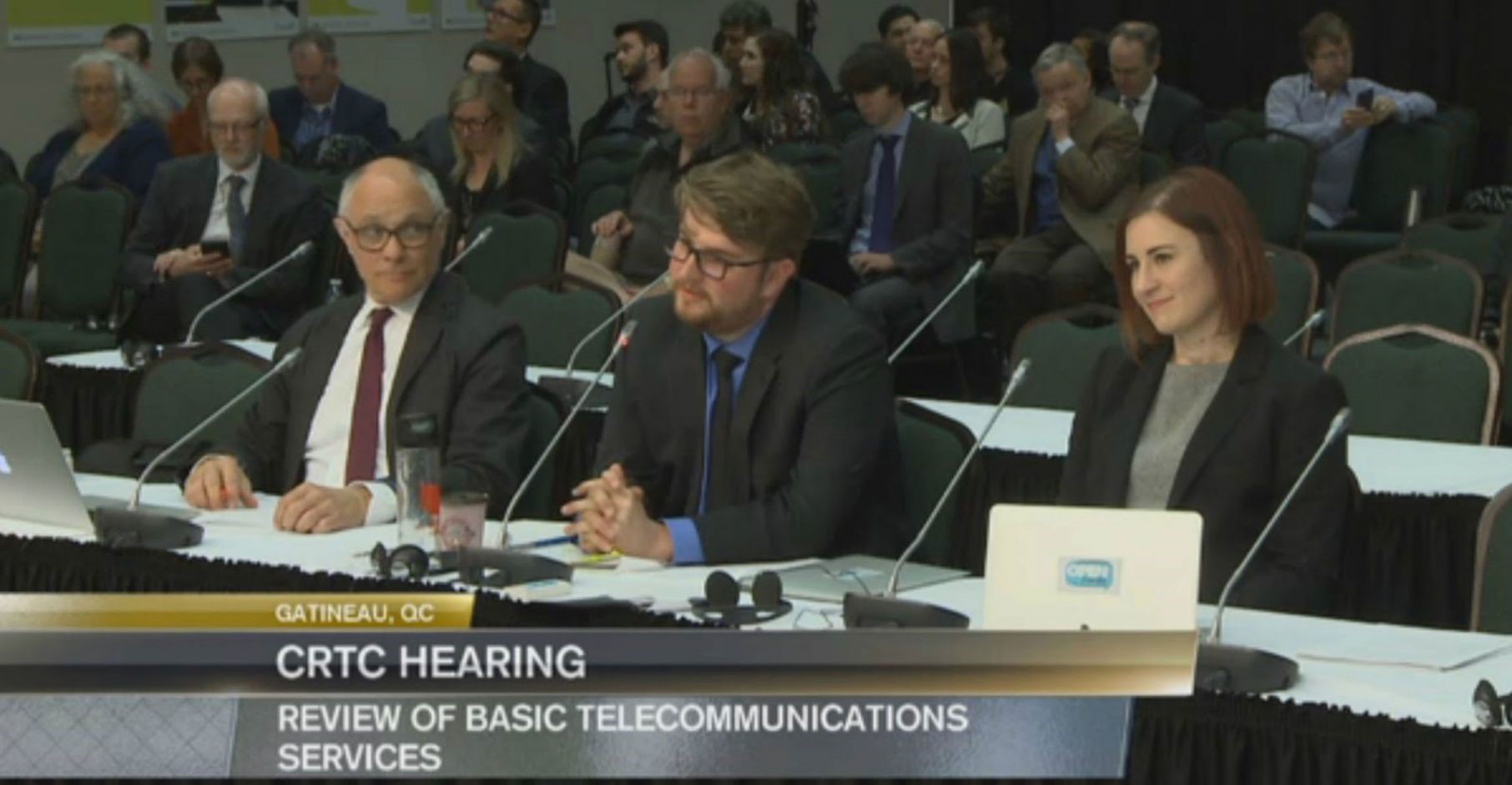
Bridging the Digital Divide in Canada 101
By Distributel
Welcome to Bridging the Digital Divide in Canada 101.
We promise that you’ll learn a lot from our simple break down about what Canada is doing to make High Speed Internet accessible to all Canadians.
In January 2017, Distributel announced its groundbreaking partnership with Eeyou Communications Network (ECN) to address the crucial challenge of bringing advanced telecommunications services to remote and underserved communities, particularly in northern Canada. Bridging the digital divide is a crucial challenge for our country and we are very proud to be involved by lending our expertise and experience in the effort.
Another way for us to make a difference, is to use our voice and reach to talk about this complex issue in plain terms to our community, and explain why it matters so much. Here is everything you need to know about what Canada is doing to bridge the digital divide.
What is the digital divide?
The digital divide is a term used to describe the gap between those who have access to modern telecommunications services and those who do not, usually because of geography but also due to income disparity. Because of this lack of access, the population centers in these underserved areas are restricted in their ability to participate in the digital economy, our democracy and other important aspects of the Canadian way of life that increasingly require a quality Internet connection.
The proceeding that started everything

The first real step towards addressing this issue was taken by the federal government in April of 2015 when the CRTC launched a BTS proceeding to study several key questions:
- Which telecommunications services are needed by Canadians to participate in the digital economy?
- How do they use these services?
- What prices should they expect to pay for them?
- What is the availability of these services across Canada?
- Is there a need for the government to get involved to fund the provisioning of modern telecommunications in rural and remote areas of Canada?
The proceeding had 2 phases that would culminate in a public hearing in April of 2016.
In phase 1, the CRTC reviewed its own policies regarding basic telecommunications services in Canada and then collected information from the industry about which services were being offered across the country to get a sense of the true scope of underserved or unserved areas.
In phase 2, they wanted to hear from Canadians directly. During the process, it heard from 25,000 individual Canadians, small and large businesses in the telecommunications industry, received over 800 written contributions from civic and consumer groups and consulted various levels of government including First Nations. It also hired EKOS research to conduct a study and held an oral hearing in April 2016 where they heard from more than 80 speakers.
Broadband Internet, a basic service In Canada
After collecting all this information and consulting with all stakeholders in the BTS proceeding, the CRTC released Telecom Regulatory Policy CRTC 2016-496 in December 2016. Titled as “Modern telecommunications services – The path forward for Canada’s digital economy”, the policy laid out some important elements aimed at helping Canada compete in the 21st century economy and address other socio-economic and cultural gaps it had confirmed during its proceedings.
Citing all the various socio-economic reasons that their proceeding had uncovered, the CRTC proclaimed broadband Internet a basic telecommunications service in Canada, just as telephone services had in the past. This was significant because by doing so, it unlocked moneys that could be made available for public investment and set regulations with respect to speed, quality, prices and other important factors.
On the same day, it also submitted a report to the Government of Canada’s Innovation Agenda which had requested a summary of its findings because many of the suggested fixes would need to be addressed outside of the CRTC’s scope. In parallel to the CRTC BTS proceeding, the Minister of Innovation, Science and Economic Development had also kick started the Connect to Innovate program in 2016 which had already committed 500 million dollars to establishing Canada as a global center for innovation.

With both these government agencies coordinating their efforts, we learned that the federal government was to invest a total of 750 million dollars between 2017 and 2021 towards broadband Internet infrastructure in the remote areas identified in the BTS proceeding. The focus would be on new backbone infrastructure but also include capacity upgrades and resiliency, as well as last-mile infrastructure projects to households and businesses.
Why it matters
As Canadians, we share values that rise above politics, geography, cultural background, economic status or any other classification that can be used to divide us.
Although the main driver behind these initiatives is to enable Canada to compete in an increasingly digital world by allowing all Canadians to have access to these emerging digital technologies which are delivered through High Speed Internet, the cultural and civil impacts should also be recognized. We will continue listening, learning and communicating with our community about how these significant investments in High Speed Internet infrastructure are poised to change the lives of Canadians.
Like our Facebook Page and Follow us on Twitter for more on this and join the conversation.
About Us
Celebrating 30 years of providing telecommunications services to Canadians, Distributel offers the best range of services with an unwavering commitment to fairness, simplicity and innovation.
Call us today at 1 877-810-2877 to speak to one of our friendly and knowledgeable Customer Experience Specialists.
